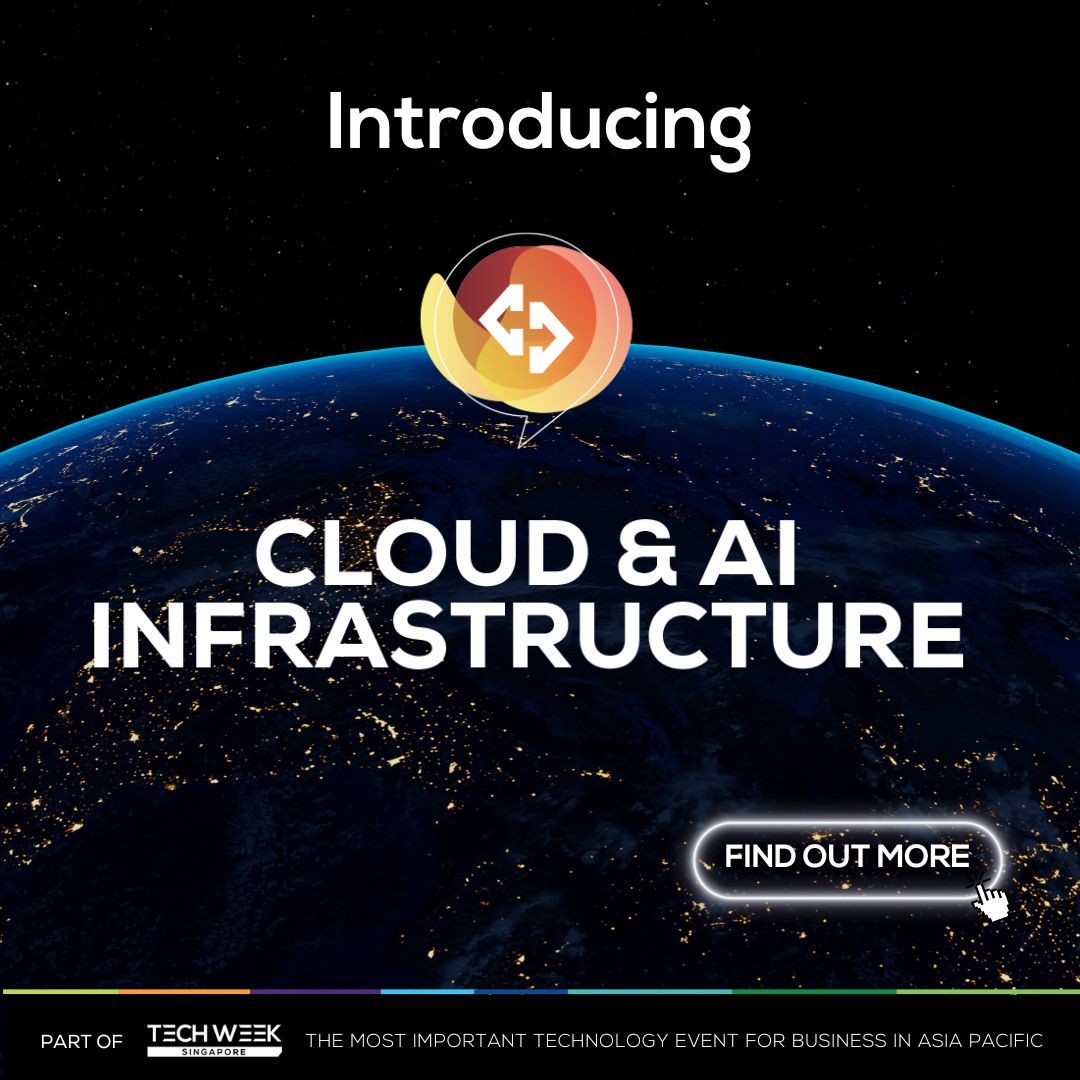Expert Interview: Mehmet Hussein
)
Businesses are moving their infrastructure to the cloud at breakneck speed whether they want to or not – and communication infrastructure is no exception. But just as enterprises evolve, so does the communications industry. Plug-and-play, off-the-shelf solutions have had their day, and Voxbone’s Technical Design Authority Mehmet Hussein is here to explain why.
Join our exclusive Live Industry Webinar in collaboration with Voxbone on Tuesday, 7 July at 2PM with Mehmet Hussein as he discuss The Cloud Comms Evolution: Why the ‘Bundled’ Approach Has Had Its Day. Register here.
1. Before diving deep into the future of Cloud Comms in the webinar, could you kindly introduce how Cloud Comms can apply across different sized companies?
How a businesses fare during this global change will determine the way in which they assess cloud communications in the future.
Cloud comms is very quickly going from being seen as a “nice to have” - something cloud-native and forward-thinking businesses invested in, to a “must have” essential part of a businesses technology stack. In the last few weeks, remote collaboration has become a core feature for IT, and the budget share for it will, if it hasn’t already, grow exponentially.
If anything, this situation will be the trigger that causes businesses to realize their current setup isn’t optimal and increase the amount of disaster recovery plans going forward with the aim of being fully geo-redundant.
The question isn’t about the size of the business, but rather, how technically-minded they are, and how much of their business is already operating out of the cloud. This is because, regardless of business size, there are benefits to be realised when considering cloud based communications. For the more tech-savvy businesses, there should be plans to include communications in their digital transformation process - if it wasn’t there already!
But for the not-so-tech-savvy businesses, this will likely be the catalyst for their first step into the cloud. Right now, anyone with a physical phone system in their office right now will know it’s just gathering dust. Cloud comms aren’t.
2. Is Cloud Comms widely integrable with common IT systems?
While it would be idealistic to be able to say “Yes” - this isn’t generally the case. There are numerous cloud based communications suits that purport to be a “one stop shop” for everything comms related - sometimes not appreciating that comms is part of a larger IT environment.
However, times are changing, we call it “The Great Unbundling”. This is where providers are realising that their comms “thing” needs to integrate seamlessly into the customers environment, whatever this, whichever technology stack it’s built on and whatever the use case is. Traditionally, designing for this brief was impossible. But in breaking apart the offering into discretely consumable modules, you unbundle the problem making the solution infinitely more flexible.
Enter APIs. APIs are the glue that hold unbundles solutions together. Using APIs, providers can get their module to share common data sets, actuate commands in and be driven by externally provided modules. Delivering a truly bespoke service to the end client, integrating with their existing and future wider IT deployments.
3. How can remote working professionals benefit from Cloud Comms?
Arguably, remote working professionals are the ones who stand to benefit the most from the Cloud Comms revolution. Whether it’s decreased commuting time, flexible working patterns, seamless collaboration with a disparate workforce or any other items from a long list of benefits - all of these equate to much better ROI for employers and markedly better work/life balance for the individual.
However, the global internet infrastructure must keep pace. Currently the accepted patterns of work are to have your large data pipes into an office where all “work” is done. With residential circuits soley for non-critical use - watching netflix, shopping etc. The change we are seeing now is that residential circuits are increasingly being relied on for critical use cases - public infrastructure providers need to, and have started to, react and adapt their networks to a more distributed usage pattern. Especially when dealing with business critical applications competing for bandwidth with others in the house watching 4k Netflix!
Going forward, we expect more businesses to move towards more dedicated IP services for both their telephony and the facilities needed for remote employees. In tandem with the network operators working double-time to shore up backbones and offer uncontended connections. What this will do is set up highly reliable lines of communication for employees that aren’t in the office – almost eliminating contention.
If you would like to learn more from Mehmet, join our Live Industry Webinar, in collaboration with Voxbone on 7th July, Tuesday at 2PM.


 eCommerce Expo | DMEXCO ASIA
eCommerce Expo | DMEXCO ASIA

)
)
)
)
)



)
)
)
)
)
)
)
)
)
)
)
)
)
)
)
)
)
)
)
)
)
)
)
)
)
)
)
)
)
)
)
)
)
)
)
)
)
)
)
)
)
)
)
)
)
)
)
)
)
)
)
)
)
)
)
)
)
)
)
)
)
)
)
)
)
)
)
)
)
)
)
)
)
)
)
)
)
)
)
)
)
)
)
)
)
)
)
)
)
)
)
)
)
)
)
)
)
)
)
)
)
)
)
)
)
)
)
)
)
)
)
)
)
)
)
)
)
)
)
)
)
)
)
)
)
)
)
)
)
)
)
)
)
)
)
)
)
)
)
)
)

